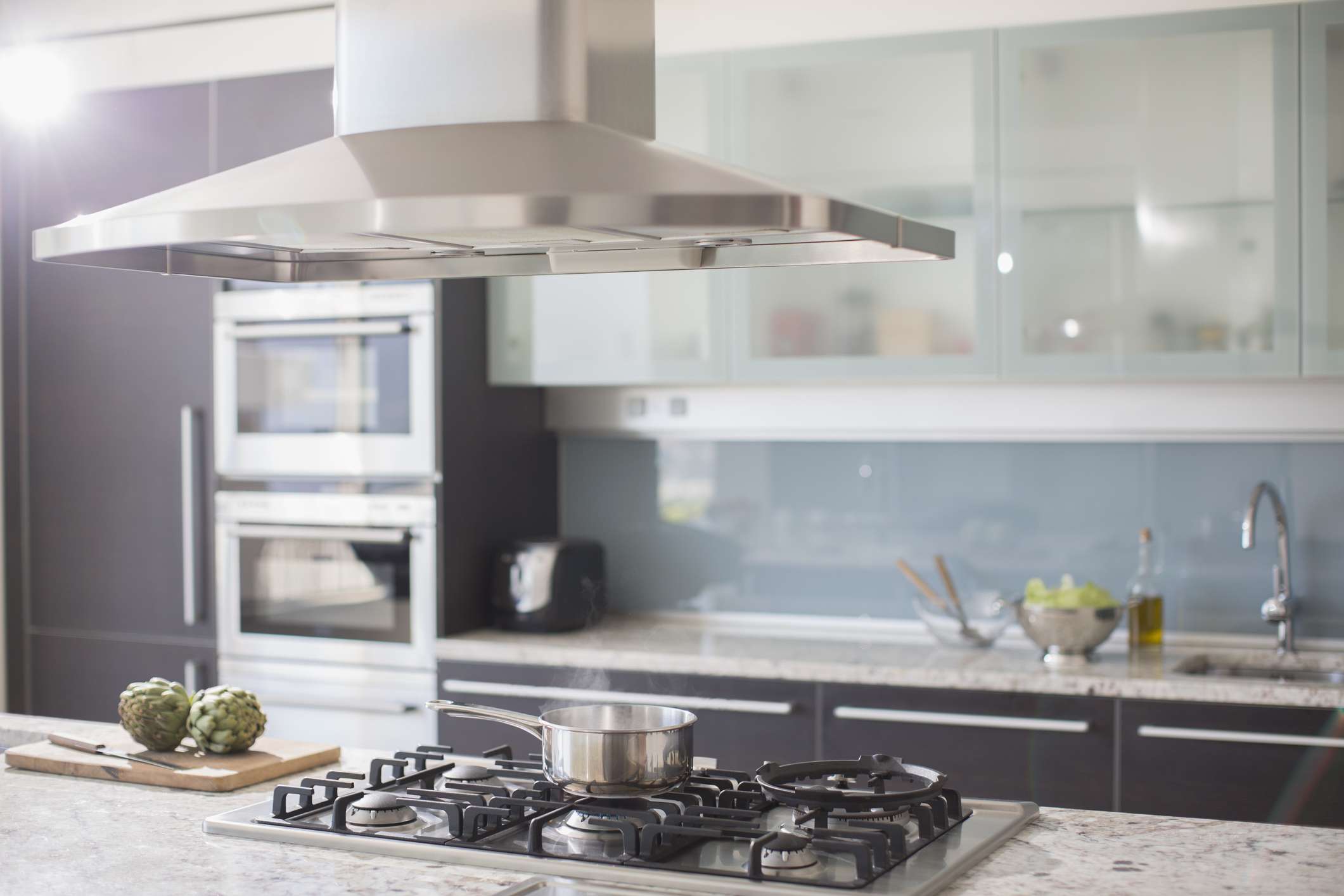

Articles
How Many Amps Does A Range Hood Use
Modified: August 25, 2024
Find out the average amperage of range hoods. Read our informative articles to learn how many amps a range hood typically uses.
(Many of the links in this article redirect to a specific reviewed product. Your purchase of these products through affiliate links helps to generate commission for Storables.com, at no extra cost. Learn more)
Introduction
Range hoods are an essential component of any kitchen, serving the crucial task of removing smoke, odors, and airborne grease particles that result from cooking. They not only help to keep the air clean but also add a touch of elegance to the kitchen decor. But have you ever wondered how much power a range hood consumes?
In this article, we will delve into the world of range hoods and explore the factors that influence their amperage. We will guide you on how to determine the amperage of a range hood and provide you with a general idea of the typical amperage range for different types of range hoods. Understanding the amperage of a range hood is important for correctly sizing the circuit to prevent electrical issues and ensure efficient operation.
So, whether you’re a homeowner considering installing a new range hood or a curious soul seeking knowledge, let’s dive in and explore how many amps a range hood uses.
Key Takeaways:
- Understanding the amperage of your range hood is crucial for electrical safety and efficient operation. Factors like motor power, fan speed, and lighting impact amperage, so consult an electrician for proper circuit sizing.
- Efficient use and energy-saving tips for your range hood include turning it on early, using recommended fan speeds, and switching to energy-efficient LED lighting. Proper installation and regular maintenance are essential for long-term functionality.
Read more: How Many Watts Does A Range Hood Use
Understanding Range Hoods
A range hood, also known as a vent hood or extractor hood, is a device installed above your cooktop or range to capture and remove airborne contaminants generated during cooking. Its primary function is to expel grease, steam, smoke, and cooking odors from the kitchen and exhaust them outside, or filter and recirculate the air within the kitchen, depending on the type of range hood.
Range hoods come in various styles and sizes, including wall-mounted, island, under-cabinet, and downdraft hoods. They are typically composed of a canopy or hood, which houses a fan and a filtration system, as well as lighting to illuminate the cooking area below.
The fan inside the range hood creates a negative pressure that draws in the airborne particles and directs them through a series of filters. These filters trap grease and other contaminants before exhausting the air out of the kitchen or recycling it back into the room after purification.
Not only do range hoods improve indoor air quality by removing pollutants, but they also help prevent the accumulation of grease and grime on kitchen surfaces. They play a vital role in maintaining a clean and healthy environment, reducing the risk of lingering cooking odors and potential respiratory issues caused by the inhalation of airborne particles.
Additionally, range hoods provide additional lighting for the cooking area, enhancing visibility and safety while preparing meals. They also act as a focal point in the kitchen and can contribute to the overall aesthetic appeal of the space.
Now that we have a basic understanding of range hoods, let’s explore the factors that can affect their amperage.
Factors That Affect the Amperage of a Range Hood
The amperage, or electrical current, drawn by a range hood depends on several factors. Understanding these factors will help you determine the amperage requirements of your range hood and ensure that your electrical circuit can handle the load.
1. Motor Power: The power of the motor in the range hood greatly influences its amperage. Range hoods with more powerful motors will generally draw more current. Motors are typically rated in horsepower (HP), and higher HP motors will require a higher amperage.
2. Fan Speed: The speed of the fan in the range hood affects the amperage. Higher fan speeds require more power and can result in a higher amperage draw. Range hoods with variable fan speed settings give you the flexibility to adjust the airflow and, consequently, the amperage consumption.
3. Lighting: Many range hoods come equipped with built-in lighting fixtures. The type and number of lights can impact the overall amperage. LED lights consume less power compared to incandescent or halogen lights, resulting in a lower amperage draw.
4. Additional Features: Some range hoods may include additional features such as heat sensors, automatic shut-off timers, or remote control functionality. These extra features can contribute to the amperage consumption of the range hood.
5. Ducting System: The length and configuration of the ducting system used to exhaust or recirculate the air can impact the amperage. Longer and more complex ductwork can cause increased resistance, resulting in higher energy consumption by the range hood.
It’s important to consider these factors when choosing a range hood and planning the electrical setup. By understanding the amperage requirements, you can avoid overloading your circuit and ensure proper electrical safety.
Next, let’s explore how you can determine the amperage of your range hood.
How to Determine the Amperage of a Range Hood
Before installing a range hood, it’s essential to determine its amperage to ensure the electrical circuit can handle the load and prevent any potential electrical issues. Here are the steps to determine the amperage of a range hood:
1. Check the User Manual: The user manual of your range hood is a valuable resource that provides detailed information about the product, including the electrical specifications. Look for the section that specifies the amperage or power consumption of the range hood.
2. Inspect the Nameplate: The nameplate of the range hood typically contains important information, including the model number, voltage rating, and amperage. Locate the nameplate, usually found on the back or inside the hood, and look for the amperage value.
3. Use an Electrical Clamp Meter: If you can’t find the amperage information in the user manual or on the nameplate, you can use an electrical clamp meter to measure the amperage. To do this, follow these steps:
- Turn off the range hood and unplug it from the electrical outlet.
- Locate the electrical cable that connects the range hood to the power source.
- Split the cable to expose the individual wires.
- Set the electrical clamp meter to the appropriate amperage range.
- Place the clamp around the hot wire (typically black or red) without touching any other wires.
- Turn on the range hood and observe the reading on the clamp meter.
- Record the amperage reading, which represents the current drawn by the range hood.
Remember to exercise caution when working with electrical components. If you’re not comfortable or unsure about performing these steps, it’s best to consult a qualified electrician.
By following these methods, you can accurately determine the amperage of your range hood and make informed decisions regarding electrical circuitry and safety requirements.
Now that you have an idea of how to determine the amperage, let’s explore the typical amperage range for different types of range hoods.
When determining the amps a range hood uses, check the manufacturer’s specifications or the label on the appliance. Typically, range hoods use between 1.5 to 5 amps, but it can vary depending on the model and size.
Typical Amperage Range for Different Types of Range Hoods
Range hoods come in various types and sizes, and their amperage requirements can vary depending on factors such as motor power, fan speed, and lighting. Here is a general breakdown of the typical amperage range for different types of range hoods:
1. Under-Cabinet Range Hoods: Under-cabinet range hoods are installed underneath a cabinet or shelf directly above the cooktop. They are commonly used in kitchens with limited space. The amperage for under-cabinet range hoods typically ranges from 2 to 5 amps.
2. Wall-Mounted Range Hoods: Wall-mounted range hoods are affixed to the wall above the cooking surface. They are larger in size and offer more powerful ventilation. The amperage for wall-mounted range hoods can range from 7 to 10 amps.
3. Island Range Hoods: Island range hoods are designed for kitchens with island cooktops, where there are no walls for mounting. They hang from the ceiling and require additional ductwork for ventilation. The amperage for island range hoods generally falls between 7 and 12 amps.
4. Downdraft Range Hoods: Downdraft range hoods are unique as they retract into the countertop when not in use and rise up during cooking to eliminate cooking fumes. These types of range hoods often have higher amperage requirements due to their sophisticated mechanism, ranging from 10 to 15 amps.
Keep in mind that these are general estimates and may vary based on the specific model and brand of the range hood. It’s always crucial to refer to the manufacturer’s specifications, user manual, and nameplate information for accurate amperage requirements.
Now that you have a better understanding of the typical amperage range for different types of range hoods, let’s discuss the importance of correctly sizing the circuit for a range hood.
Read more: How Many Amps Does An HVAC Use
Importance of Correctly Sizing the Circuit for a Range Hood
When it comes to installing a range hood, it is crucial to correctly size the circuit to ensure safe and efficient operation. Here are a few reasons why correctly sizing the circuit for a range hood is important:
1. Electrical Safety: An improperly sized circuit can lead to electrical issues such as circuit overloading, tripped breakers, or even electrical fires. By accurately determining the amperage requirements of the range hood and using the appropriate circuit size, you minimize the risk of electrical hazards and ensure the safety of your kitchen and home.
2. Efficient Operation: Correctly sizing the circuit ensures that the range hood receives sufficient power for optimal performance. Insufficient power can result in decreased efficiency, reduced airflow, and inadequate ventilation. On the other hand, an oversized circuit may waste energy and lead to unnecessary electrical expenses. By matching the circuit size to the amperage requirements of the range hood, you can ensure efficient operation and adequate ventilation.
3. Preventing Damage: Using an undersized circuit for a range hood can strain the electrical components, leading to premature wear and damage. The increased load on the circuit can cause overheating, which can lead to electrical failures and costly repairs. By properly sizing the circuit, you protect the range hood from potential damage and prolong its lifespan.
4. Compliance with Building Codes: Building codes and regulations typically dictate the minimum circuit requirements for kitchen appliances. Incorrectly sizing the circuit for a range hood may result in non-compliance and could lead to complications during home inspections or when selling the property. By following the recommended guidelines and sizing the circuit appropriately, you ensure compliance with the relevant building codes.
Ensure that you consult a qualified electrician to determine the specific circuit requirements for your range hood installation. They have the expertise to evaluate your electrical system, calculate the load, and recommend the appropriate circuit size for safe and efficient operation.
Now that we understand the importance of correctly sizing the circuit, let’s explore some tips for efficient use and energy-saving with a range hood.
Tips for Efficient Use and Energy-Saving with a Range Hood
Using a range hood efficiently not only ensures optimal performance but also helps save energy and reduce utility costs. Here are some tips to make the most out of your range hood while being energy-conscious:
1. Turn on the Range Hood Early: To effectively capture and remove cooking pollutants, it’s best to turn on the range hood a few minutes before you start cooking. This allows the hood to create a proper airflow and ensures that it is ready to handle the smoke, steam, and odors as soon as they are generated.
2. Use the Recommended Fan Speed: Most range hoods offer multiple fan speed settings. For regular cooking tasks, you can typically use the medium fan speed. Higher fan speeds are best reserved for heavy-duty cooking that produces more smoke and odors. Using the appropriate fan speed minimizes energy consumption while still achieving efficient ventilation.
3. Cook with Covered Pots and Pans: While cooking, covering your pots and pans helps minimize the release of steam and odors into the air. This reduces the workload on the range hood, allowing it to operate more efficiently and use less energy.
4. Clean or Replace the Filters Regularly: Range hood filters can get clogged with grease and debris over time, which restricts airflow and decreases the efficiency of the hood. Clean or replace the filters according to the manufacturer’s instructions to ensure proper airflow and efficient operation of the range hood.
5. Switch to Energy-Efficient LED Lighting: If your range hood uses incandescent or halogen lights, consider replacing them with energy-efficient LED bulbs. LED bulbs consume less energy, last longer, and produce less heat, helping to reduce your overall energy consumption.
6. Turn off the Range Hood when not in Use: Once you have finished cooking and the air has cleared, remember to turn off the range hood. Leaving it running unnecessarily wastes energy. However, if you have recirculating range hood, leaving it on for a few extra minutes can help remove lingering odors before shutting it off.
By following these tips, you can ensure efficient use of your range hood and minimize energy waste, ultimately saving you money and reducing your environmental impact.
As we wrap up, it’s important to remember that while range hoods are essential for maintaining a clean and healthy kitchen environment, proper installation and regular maintenance are equally important to ensure their long-term functionality and performance.
Now you have all the knowledge you need to make informed decisions about the amperage of a range hood, properly size the circuit, and use it efficiently. Happy cooking!
Conclusion
Range hoods play a crucial role in maintaining a clean, healthy, and odor-free kitchen environment. Understanding the amperage requirements of a range hood is essential for both safety and efficiency. By considering factors such as motor power, fan speed, lighting, and additional features, you can determine the amperage of your range hood accurately.
Properly sizing the circuit for your range hood is vital to ensure electrical safety, efficient operation, and compliance with building codes. Oversized circuits may waste energy, while undersized circuits can lead to electrical hazards and damage to the hood. Consulting a qualified electrician is recommended to ensure the circuit is appropriately sized for your specific range hood.
Efficient use and energy-saving tips include turning on the range hood early, using the recommended fan speed, covering pots and pans while cooking, regularly cleaning or replacing filters, switching to energy-efficient LED lighting, and turning off the range hood when not in use. These practices not only optimize performance but also contribute to lower energy consumption and reduced utility costs.
Remember, proper installation and regular maintenance are just as important as understanding the amperage and circuit requirements. Follow manufacturer guidelines, clean filters regularly, and seek professional assistance when needed to keep your range hood operating at its best.
Now armed with the knowledge about amperage, circuit sizing, and efficient usage, you can confidently make informed decisions regarding your range hood. So go ahead, cook with passion, and let your range hood do its job of keeping your kitchen clean, fresh, and inviting.
Frequently Asked Questions about How Many Amps Does A Range Hood Use
Was this page helpful?
At Storables.com, we guarantee accurate and reliable information. Our content, validated by Expert Board Contributors, is crafted following stringent Editorial Policies. We're committed to providing you with well-researched, expert-backed insights for all your informational needs.
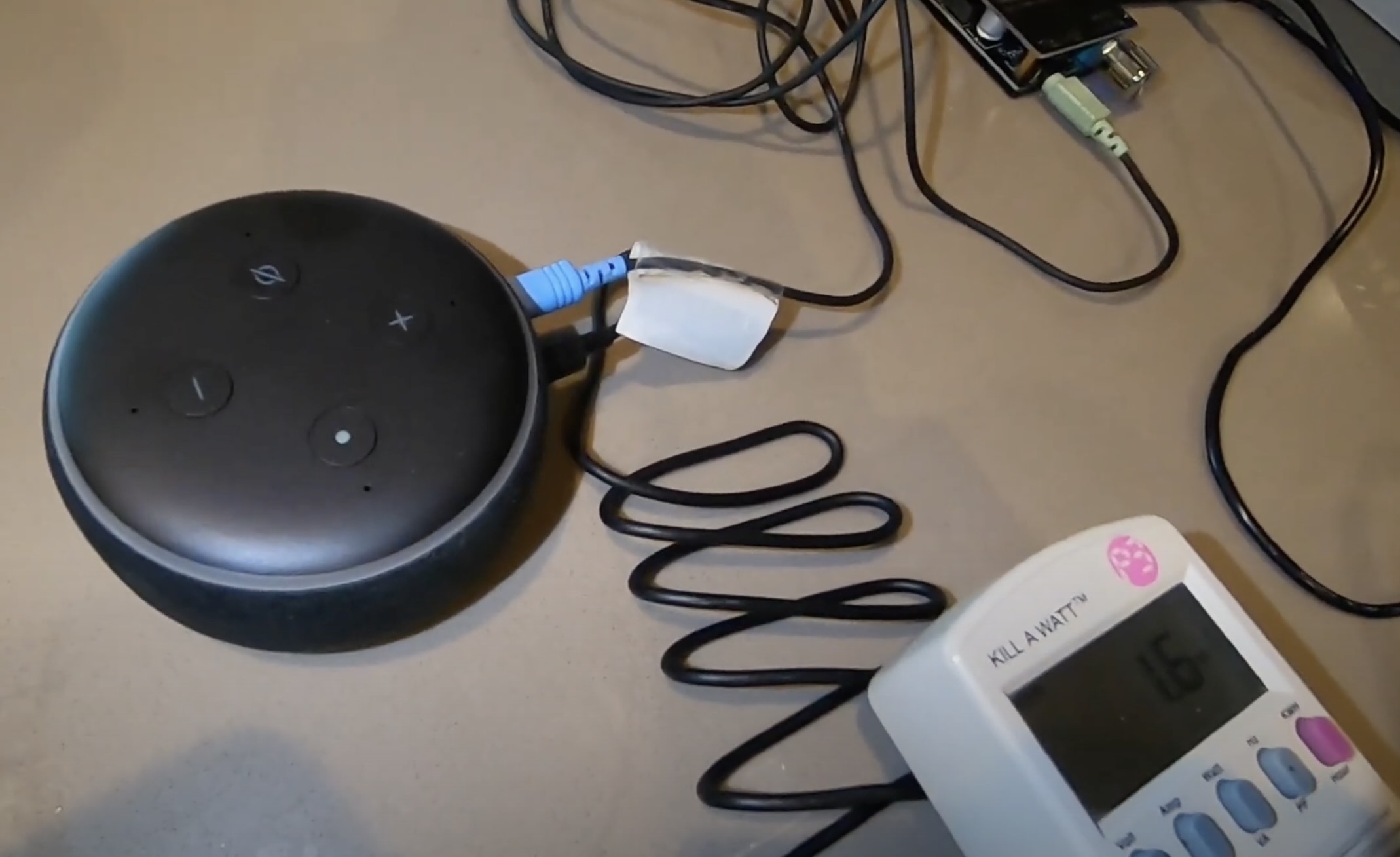
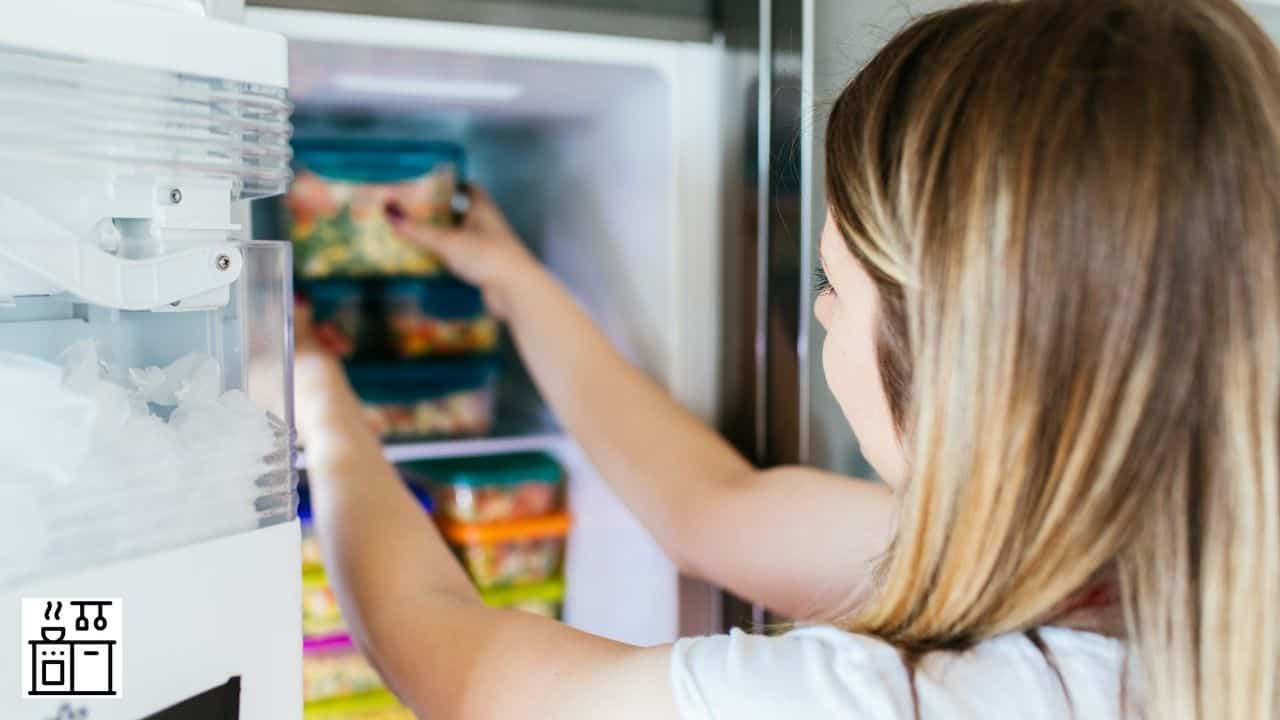

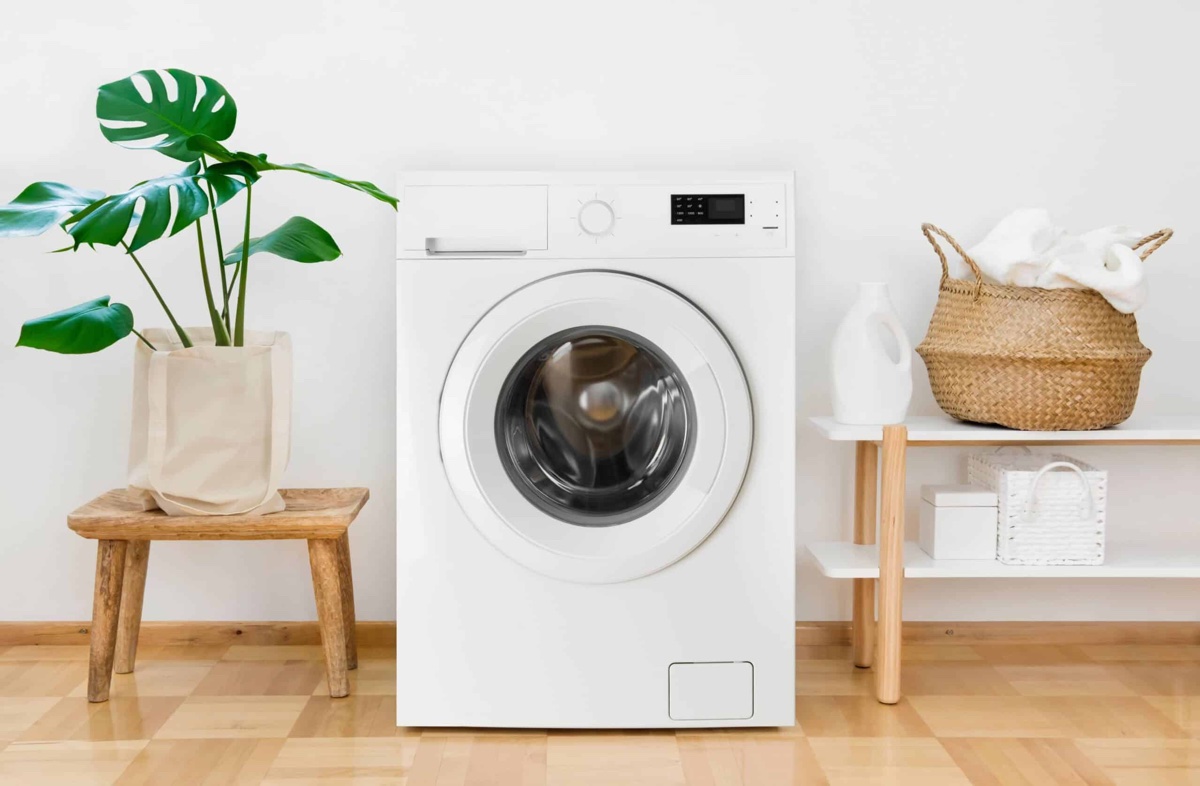
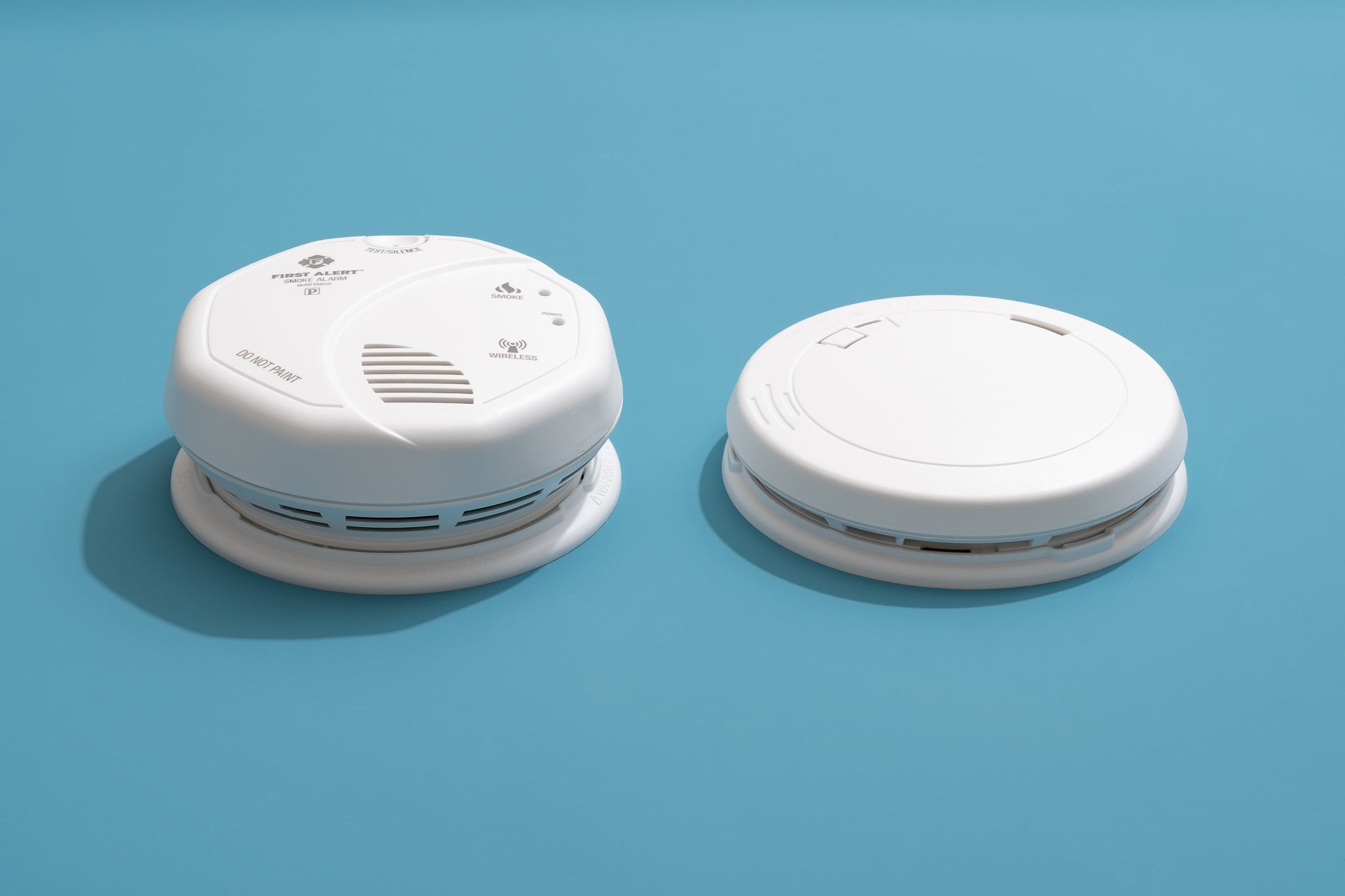
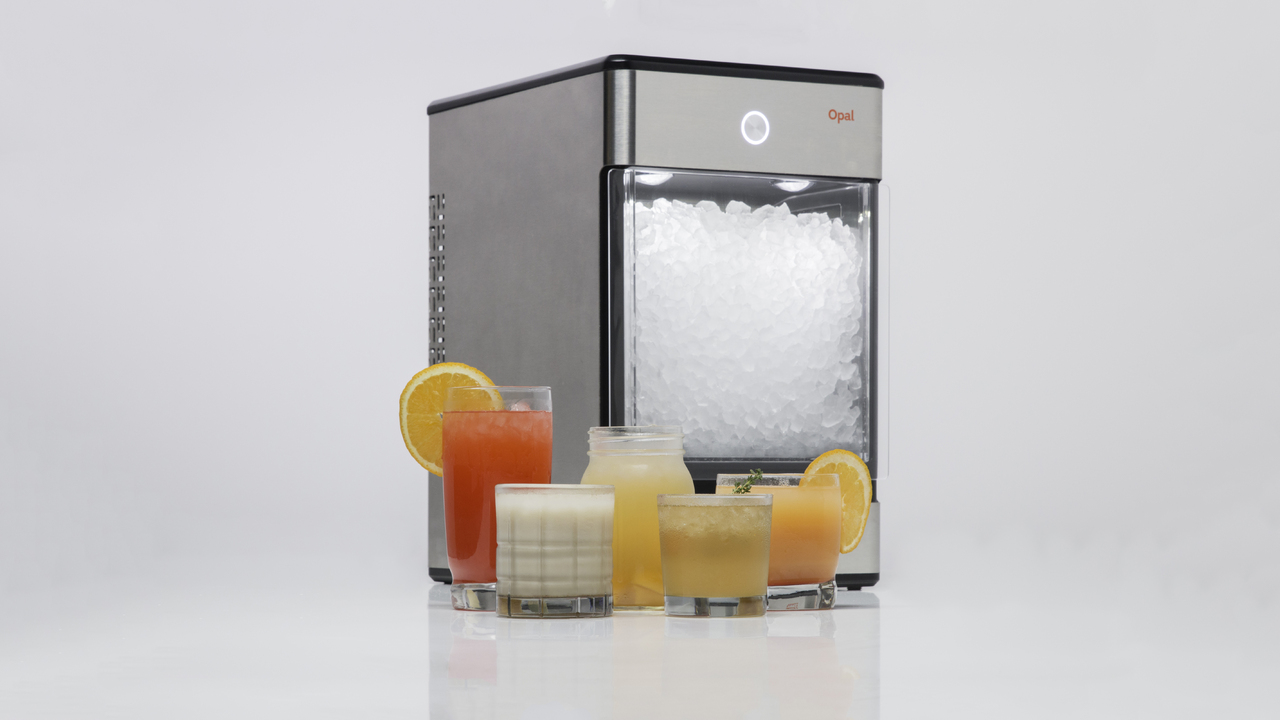
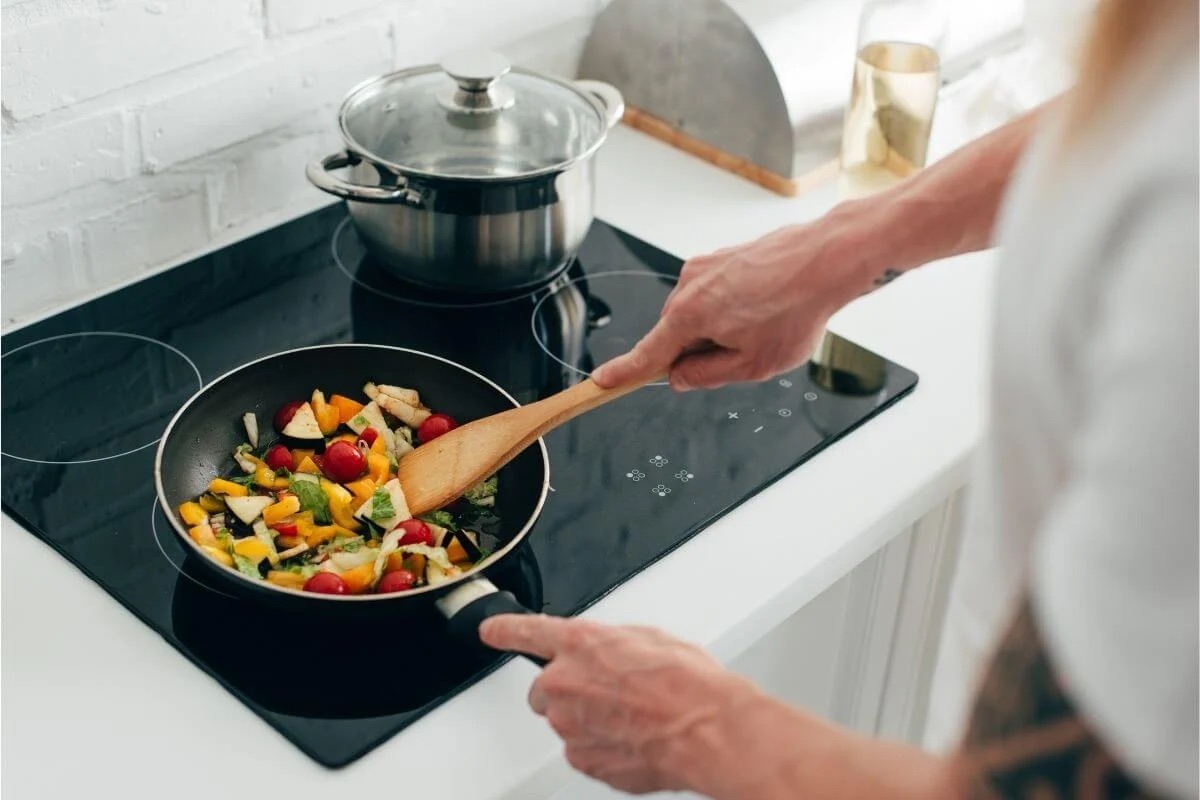
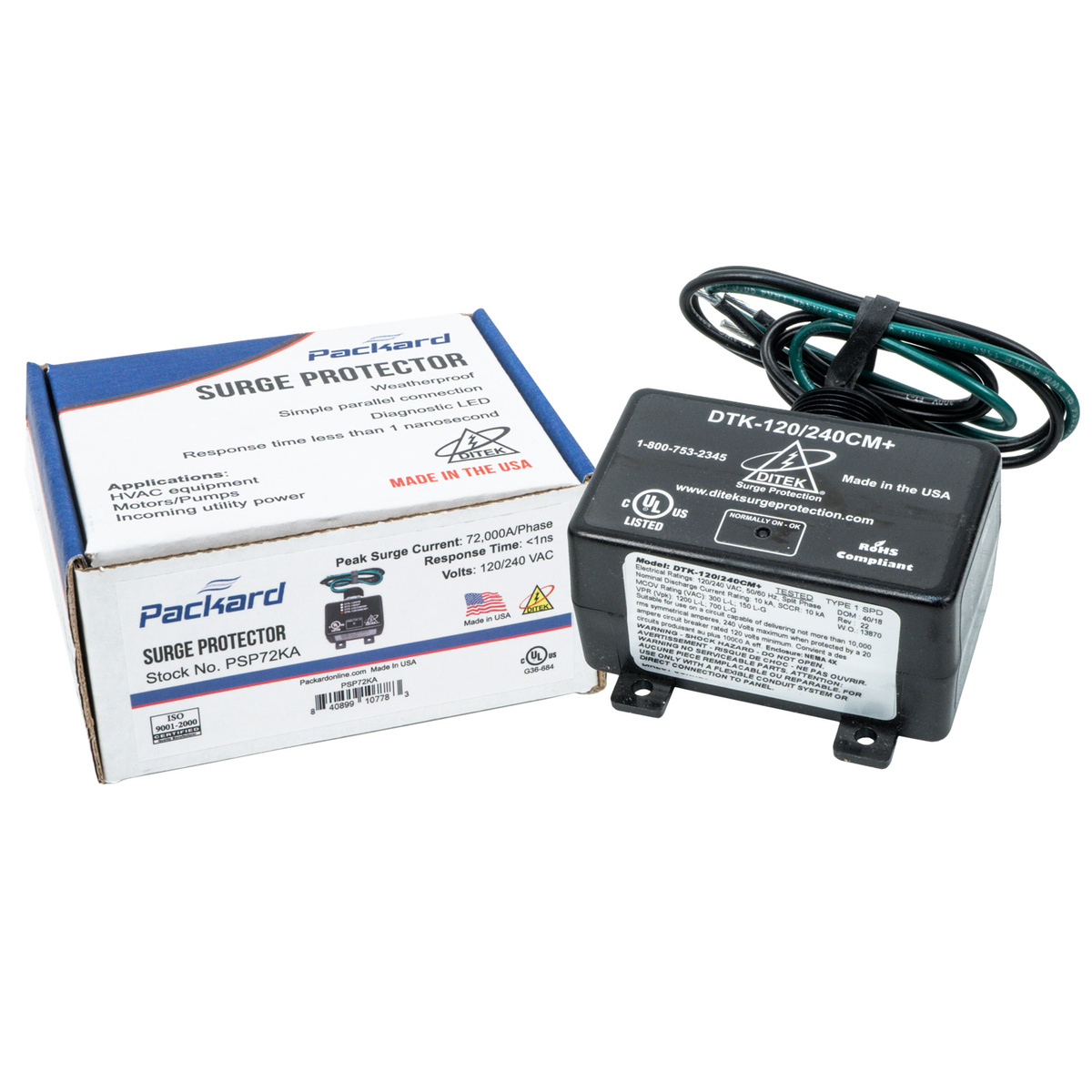
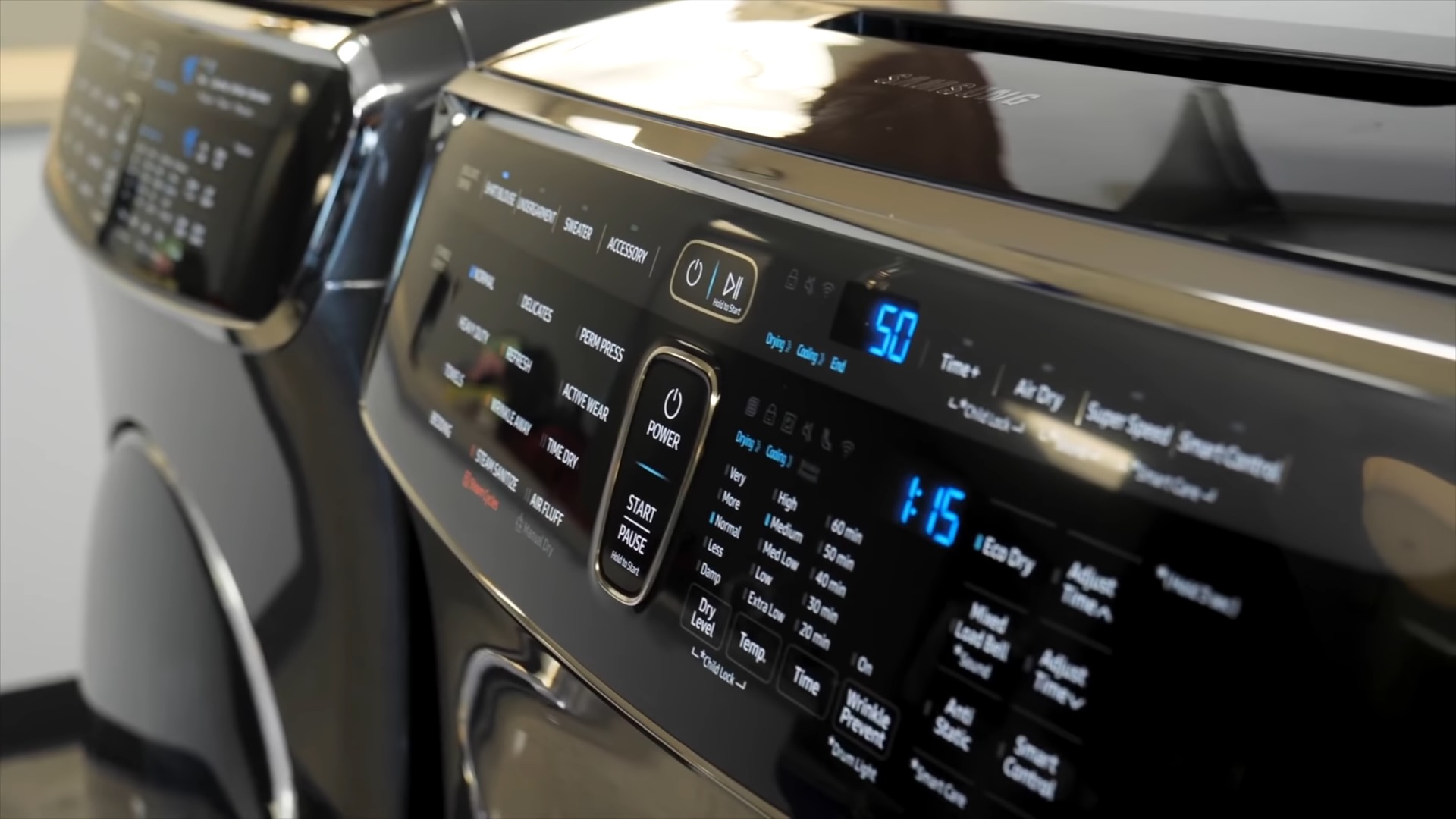
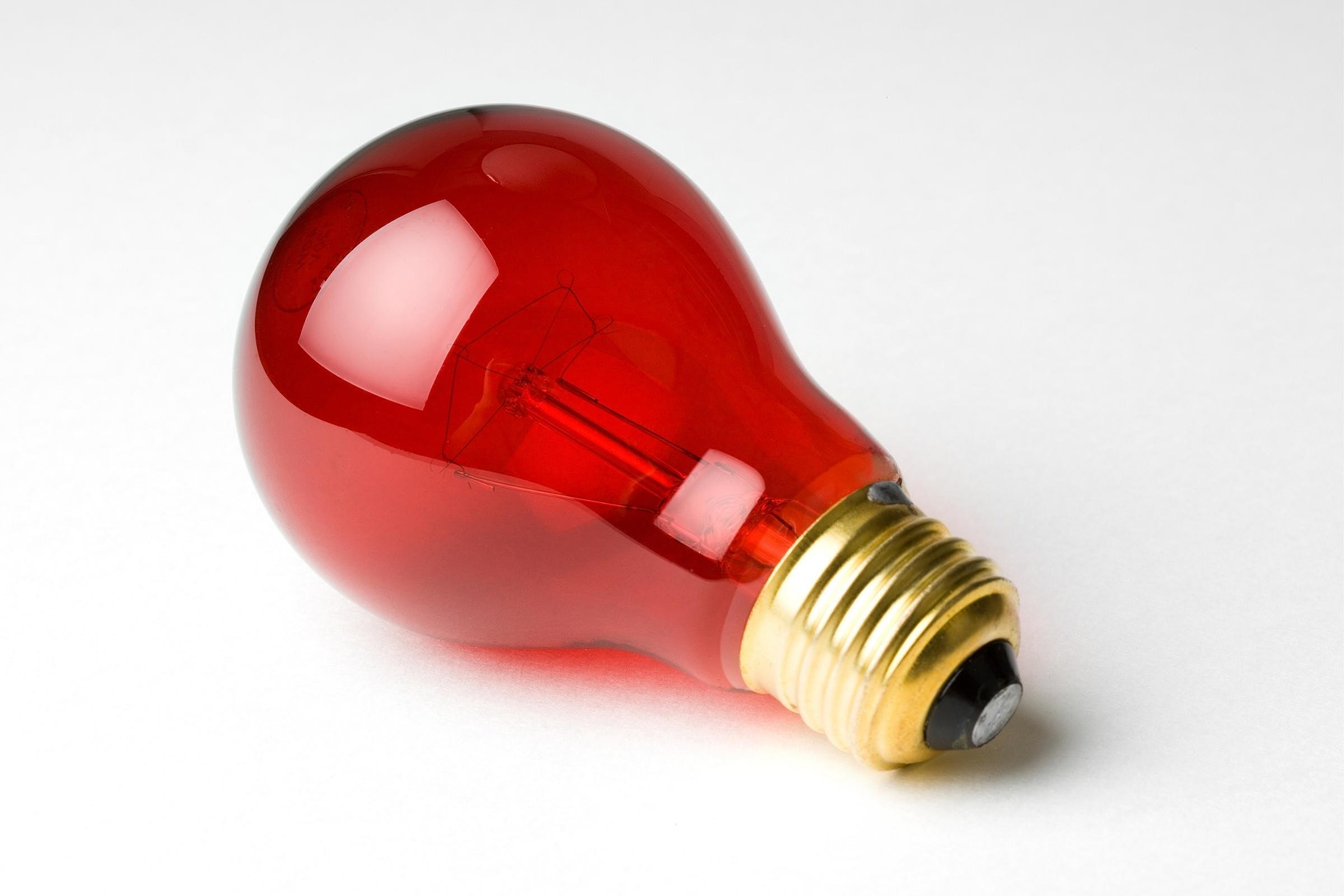
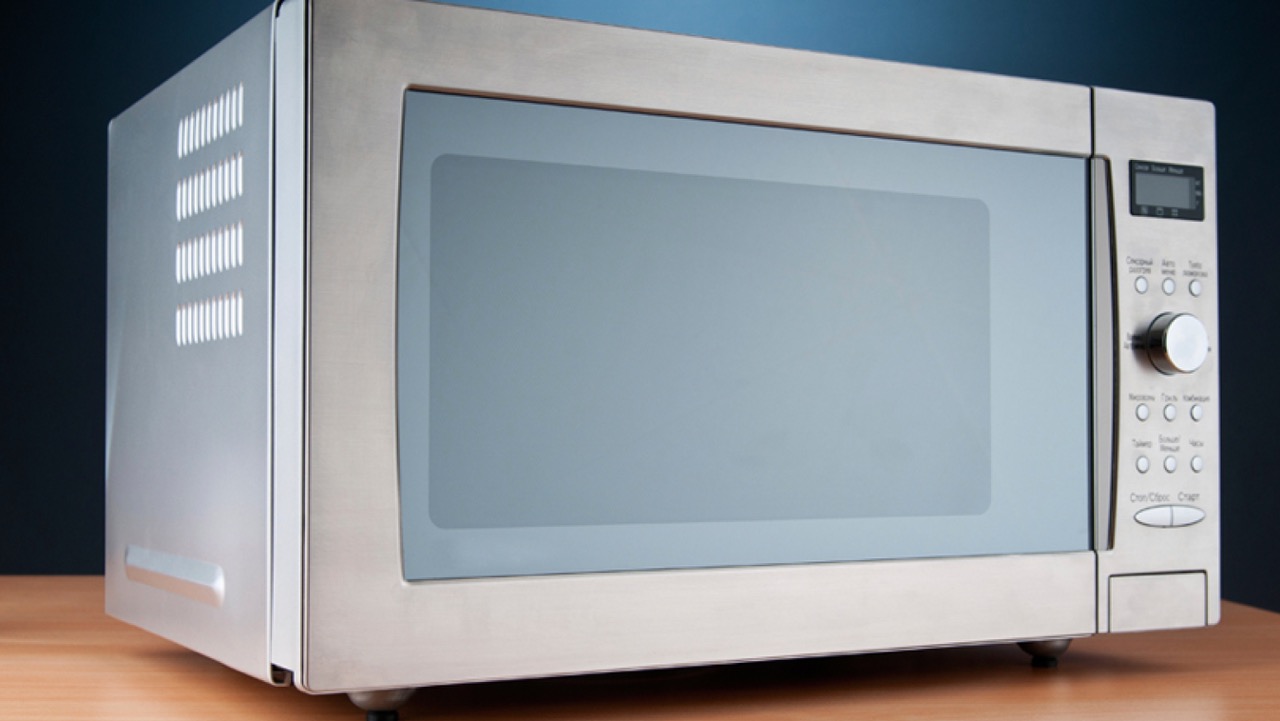
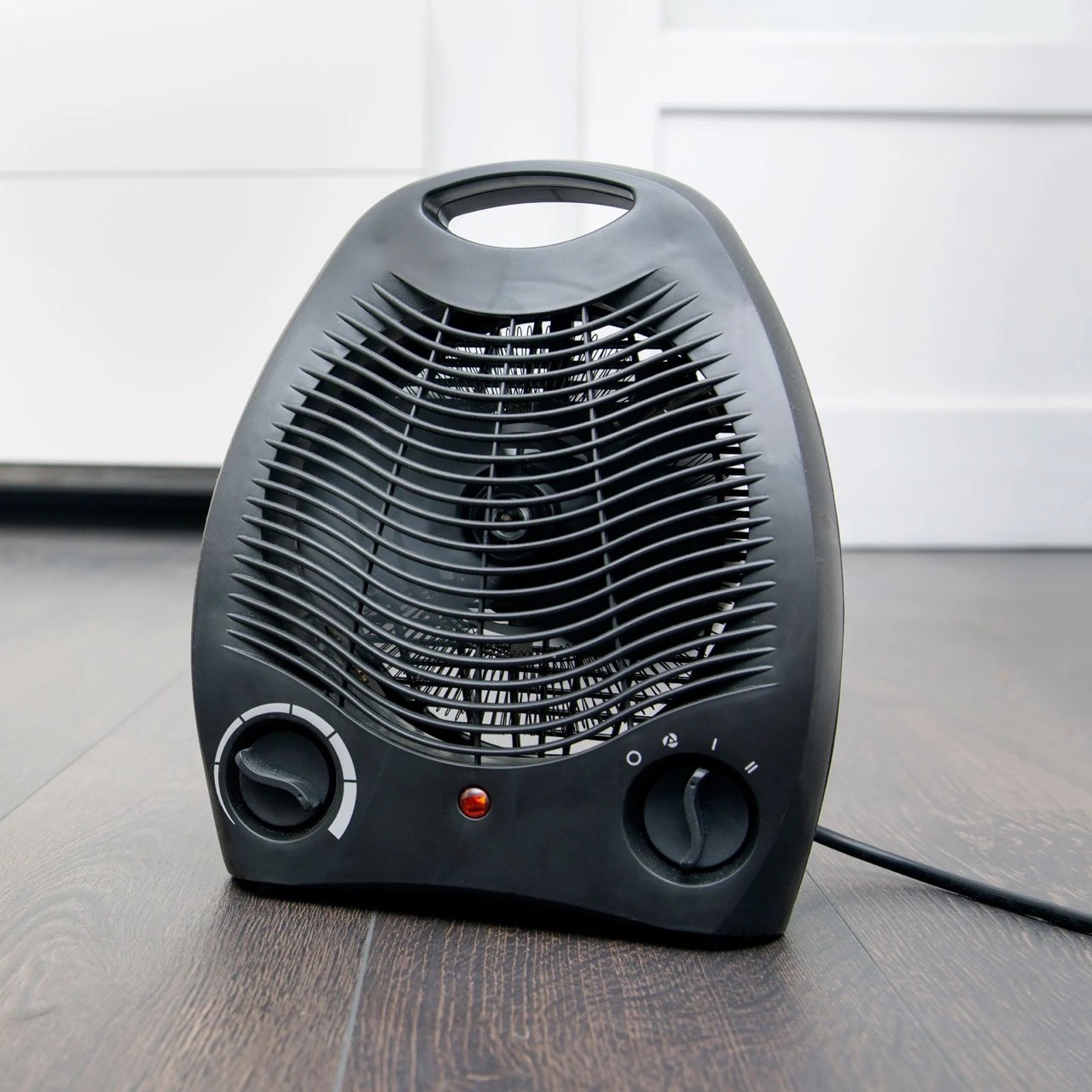
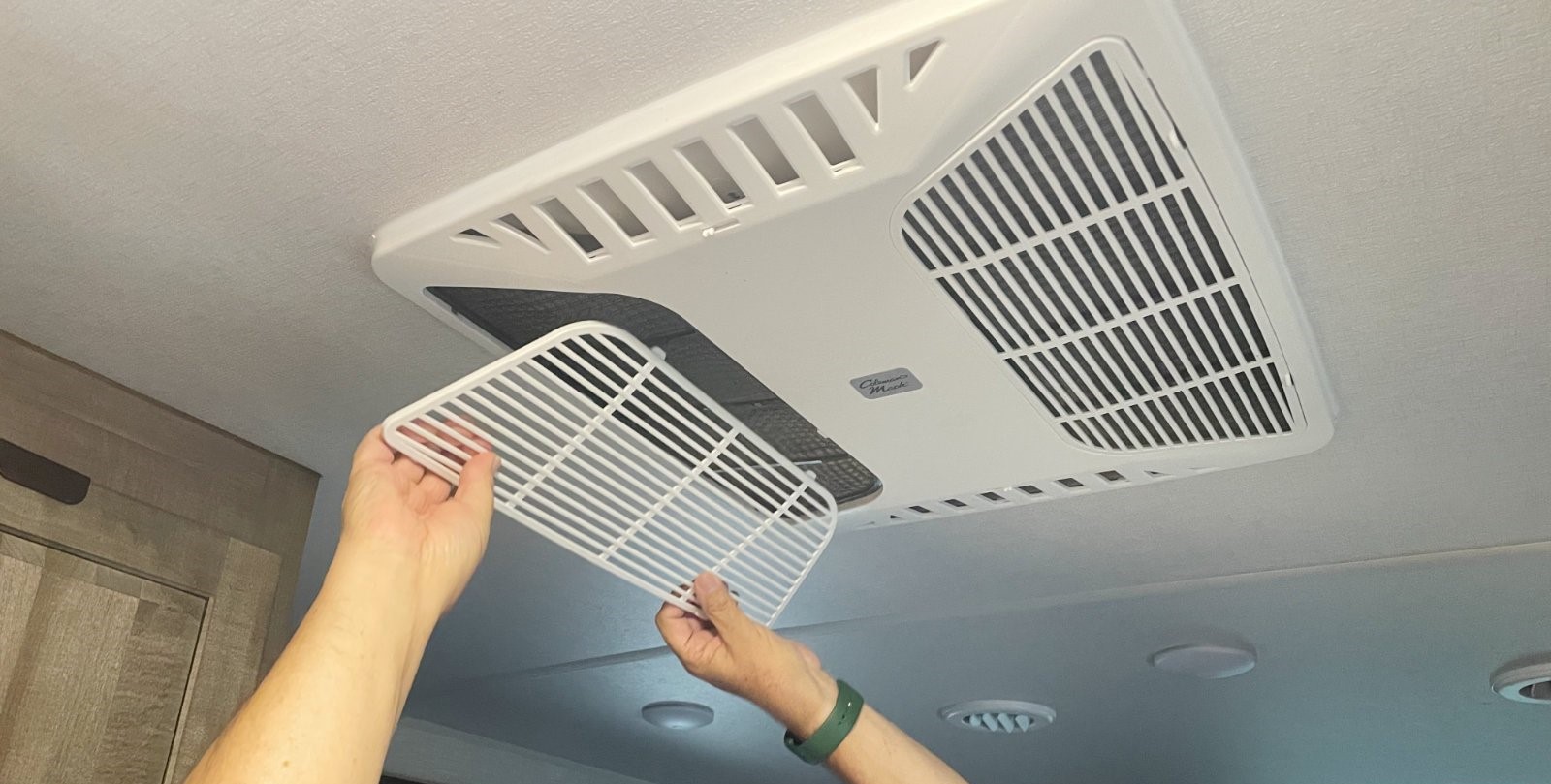
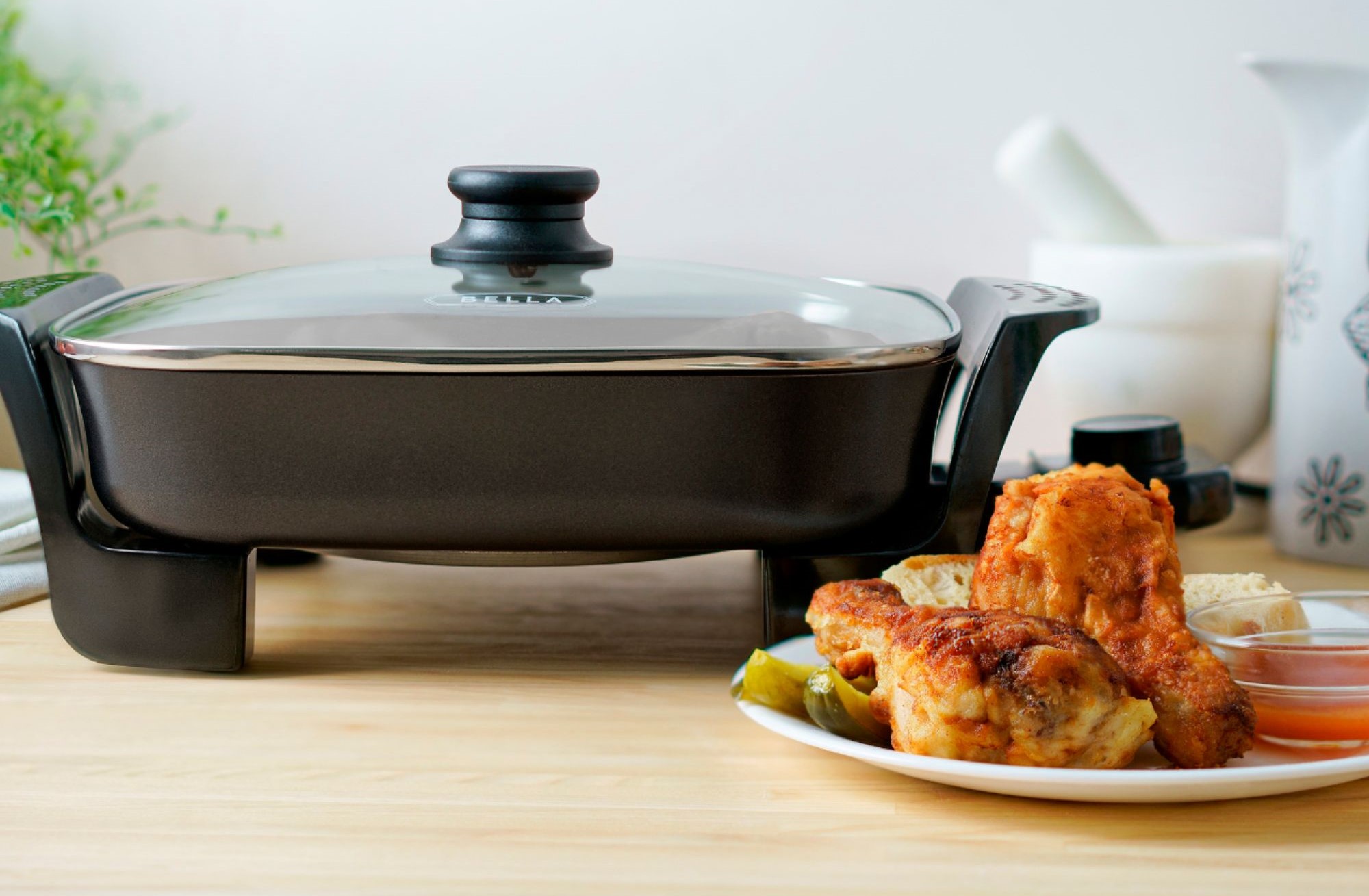

0 thoughts on “How Many Amps Does A Range Hood Use”